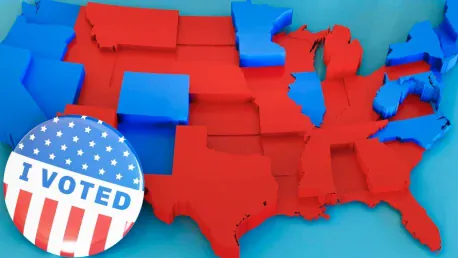
West Oak Cliff, a historically significant and diverse neighborhood in Dallas, is at a critical juncture. The community is grappling with the potential impacts of the West Oak Cliff Area Plan (WOCAP), a city-driven proposal aimed at transforming the Hampton-Clarendon corridor into a walkable,

The rapid urbanization of African cities presents both immense opportunities and significant challenges, making it crucial to implement robust financial, fiscal, and budgetary planning for sustainable development. As cities across Africa grapple with an influx of urban populations, experts have

Several Republican-controlled states are taking significant steps to reduce the size and cost of their state governments, closely mirroring President Donald Trump's federal government downsizing initiative through the Department of Government Efficiency (DOGE), spearheaded by Elon Musk. These

Thailand is embarking on an ambitious initiative to fully digitize its government sector by 2025 through the implementation of the e-Office system. Spearheaded by the Ministry of Digital Economy and Society (DE), this project aims to revolutionize the way government agencies operate, striving for

Estonia has achieved a significant milestone by transitioning to 100% digital government services, placing the country at the forefront of global e-governance and digital transformation. This achievement showcases Estonia’s innovative approach to integrating technology with transparency and

Recent legislative measures in several states have aimed to prevent utility companies from charging lobbying and marketing expenses to their customers. This movement, led by Colorado, Connecticut, and Maine, marks a significant shift in utility regulation, focusing on transparency and fairness in